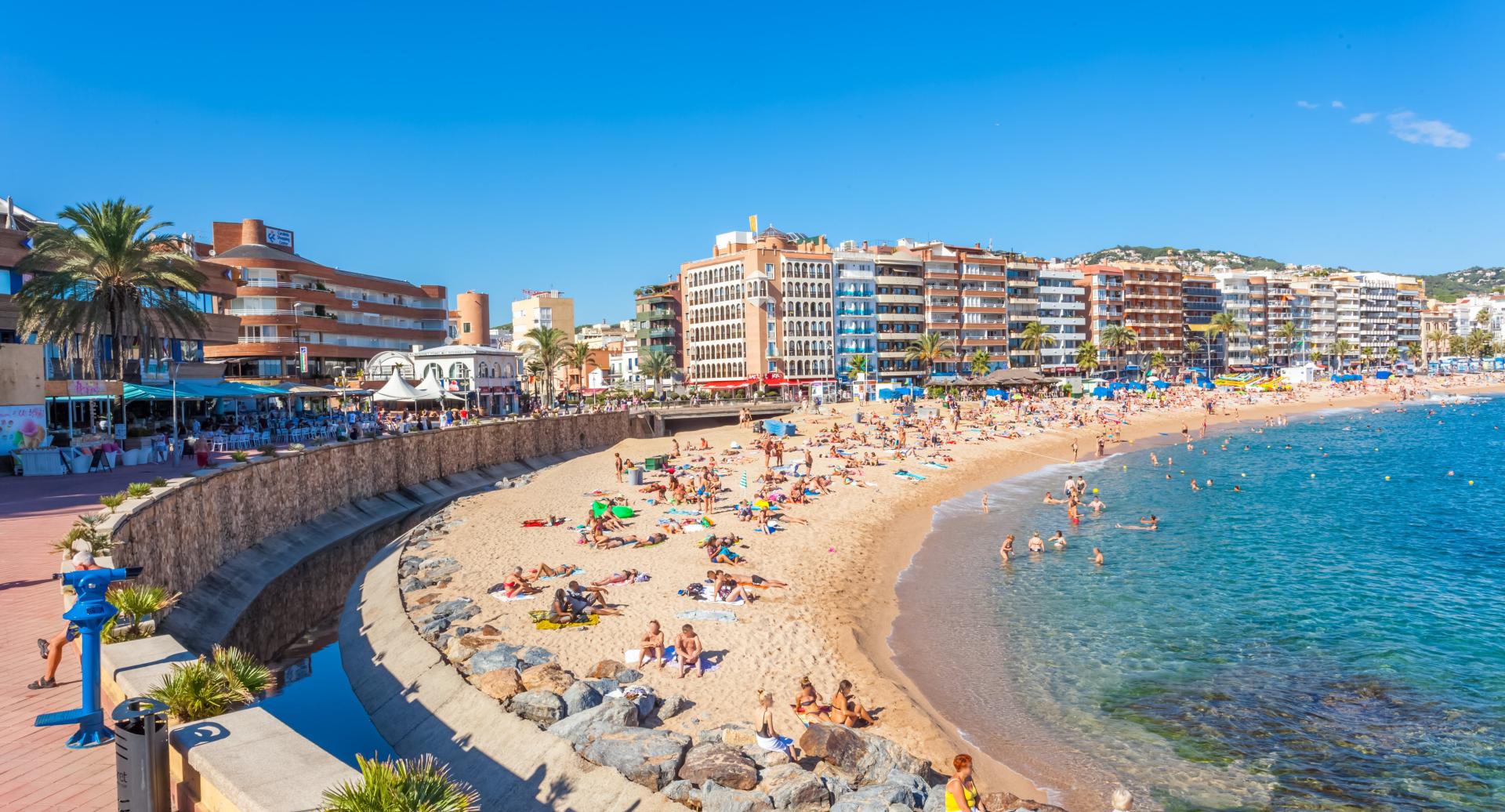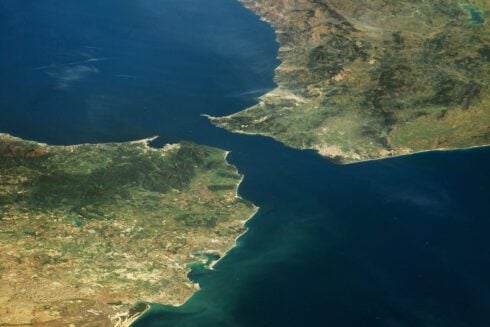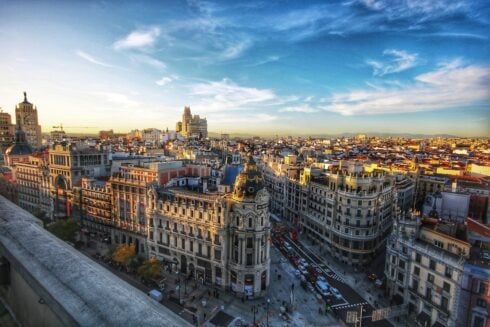A TINY Balearic village with just 205 residents is being swamped by over 55,000 foreign tourists each summer – making it one of the most overwhelmed destinations in Spain.
Escorca in Mallorca sees 272 visitors for every single local inhabitant during the peak season, with one in five tourists being Italian, according to shocking new data from Spain’s National Statistics Institute.
The figures, tracked through mobile phone positioning, reveal how popular expat and holiday destinations are buckling under the weight of mass tourism.
While Spanish villages in the remote interior also face pressure, it’s the coastal hotspots and islands beloved by foreigners that are truly stretched to breaking point.

On the Costa Brava, Lloret de Mar – home to 42,000 residents – welcomed nearly half a million foreign tourists last summer alone.
The Girona resort, popular with French visitors just an hour from the border, exemplifies the crisis facing Mediterranean coastal towns.
“You collect taxes for 44,000 inhabitants, but you provide services to a million and a half people,” explains Elizabeth Keegan from Lloret Tourism.
READ MORE: ‘Extreme risk’ of forest fires due to heatwave and strong westerly winds in Spain’s Valencia region
“The efforts are enormous in terms of cleaning, security, lifeguarding.”
She insists the town’s 50,000 accommodation spaces prove it can handle the influx, but admits the infrastructure strain has been building for six decades.
The key difference now is that many similar destinations lack the resources to cope.
The Balearics dominate the list of most pressure-packed destinations for international visitors.
READ MORE: Ryanair hits passenger record in Spain despite regional airport axe and route closures
Alcúdia topped the charts among Spain’s certified ‘most beautiful villages’, attracting over 430,000 foreign tourists between June and September – a staggering number for a small town setting.
Meanwhile, on the Valencia coast, Peñíscola in Castellón proved a magnet for both Spanish and foreign visitors, welcoming nearly 290,000 domestic tourists alongside 46,000 internationals.
The medieval fortress town, perched dramatically on a rocky outcrop, has become a poster child for Spain’s tourism boom.
The data reveals that foreign visitors heavily favour Spain’s major cities and coastal regions.
READ MORE: Barcelona is Spain’s most expensive city to buy a home new data reveals
Barcelona remains the only major destination where international arrivals actually outnumber the registered population, with foreign tourists exceeding locals by over a million during summer months.
Even in Madrid, which welcomed 3.6 million Spanish visitors, international arrivals reached 2.2 million – putting enormous pressure on the capital’s infrastructure and services.
The research exposes an uncomfortable truth about Spain’s tourism success story.
While visitor numbers provide crucial economic benefits to communities, they’re placing impossible demands on infrastructure in destinations that were never designed for such massive seasonal invasions.
READ MORE: Spain climbs past Germany to become EU’s number one asylum destination
For expats living in these pressure-cooker locations, the annual summer surge means months of overcrowded streets, restaurant queues, and overstretched public services.
What was once a peaceful coastal retreat or charming island hideaway transforms into a heaving mass of humanity between June and September.
The question now facing Spanish authorities is whether popular destinations can adapt their infrastructure fast enough to handle the relentless growth – or whether some form of visitor caps will become inevitable to preserve the very charm that attracts tourists in the first place.
Click here to read more Olive Press Travel News from The Olive Press.








